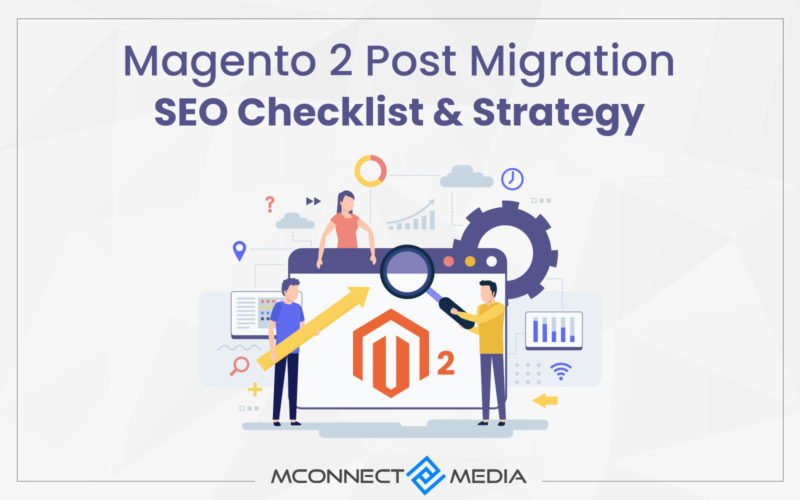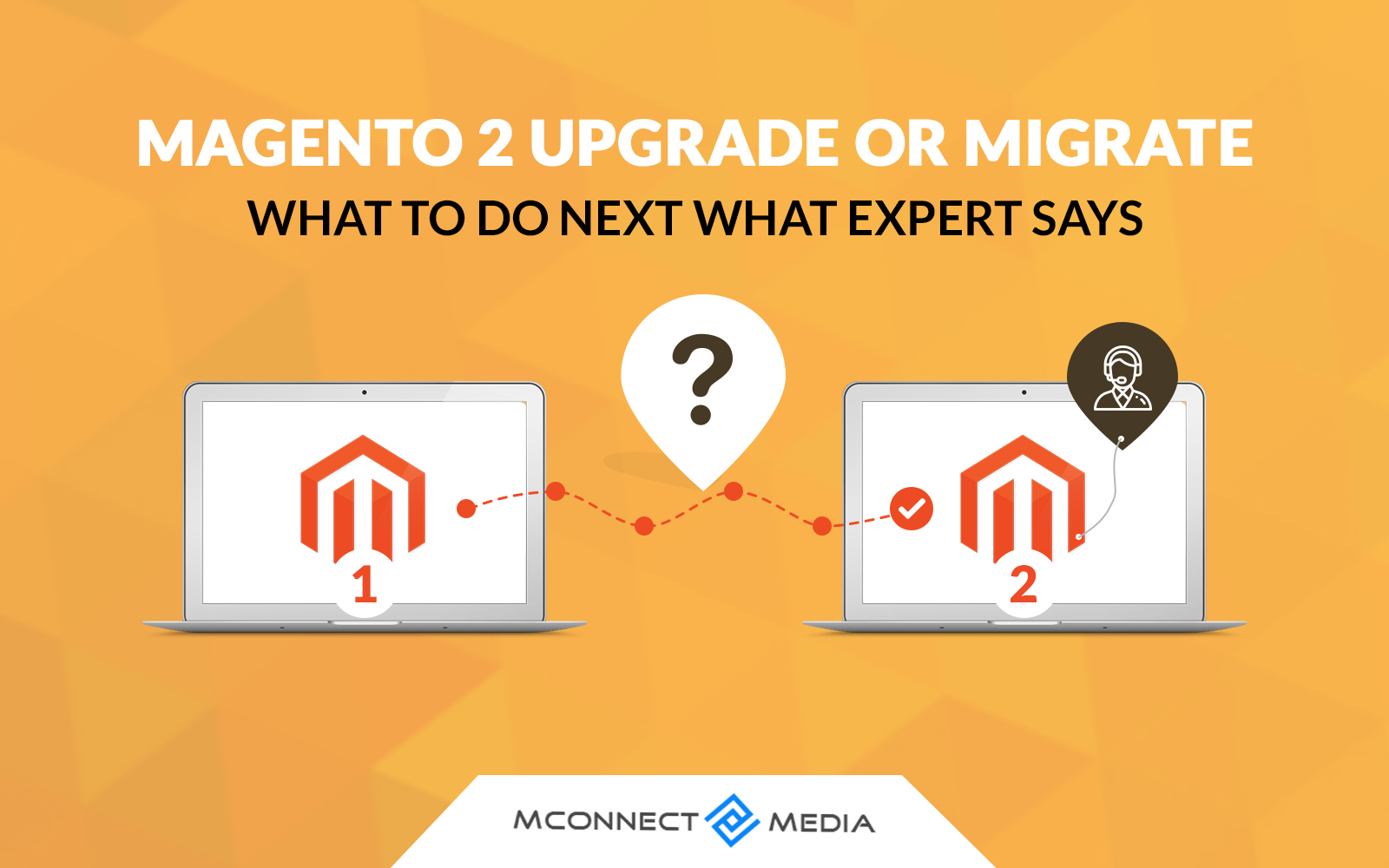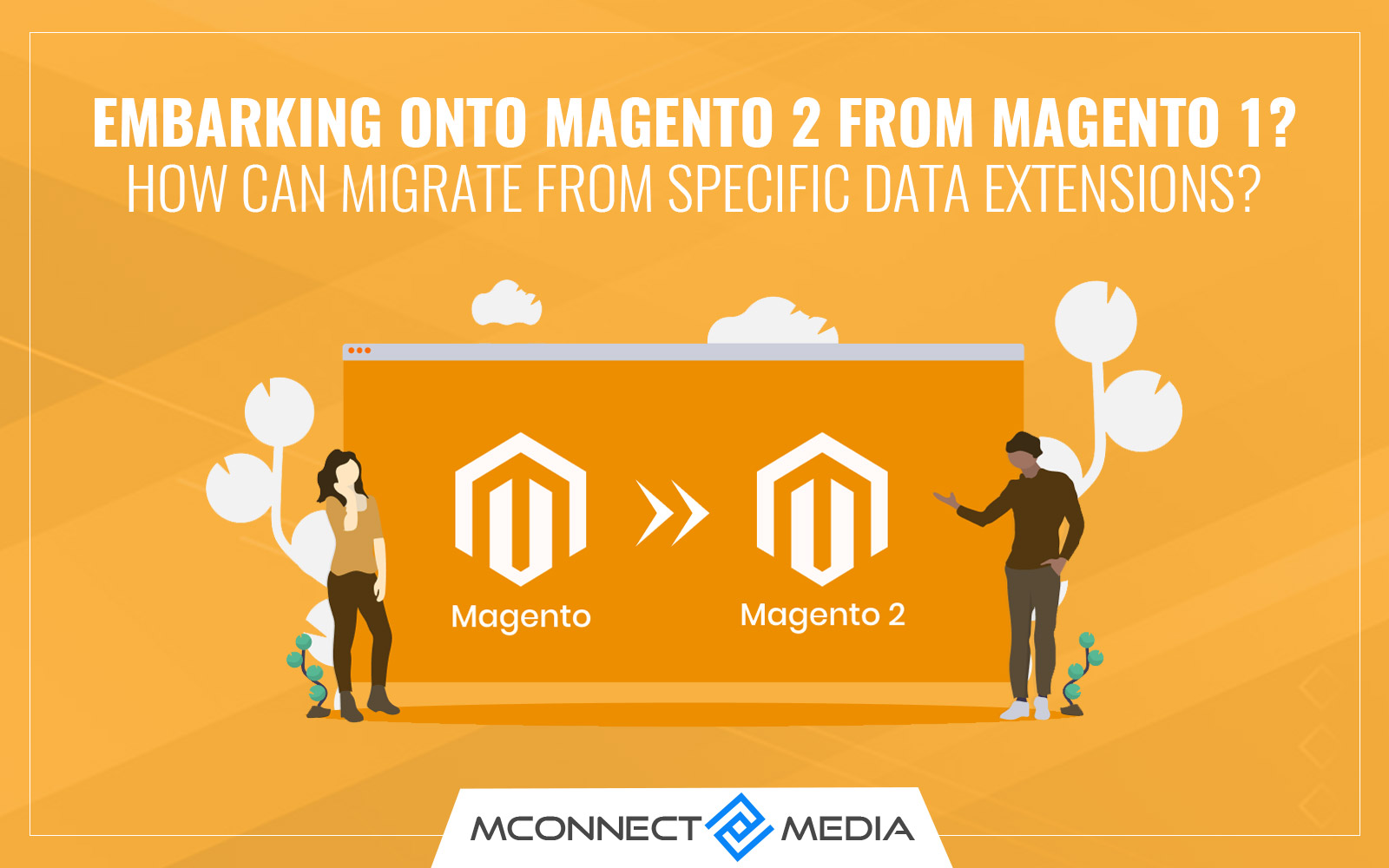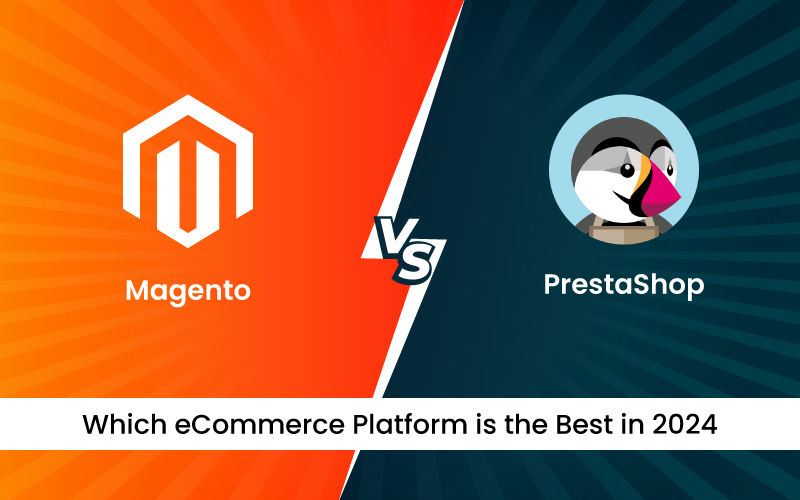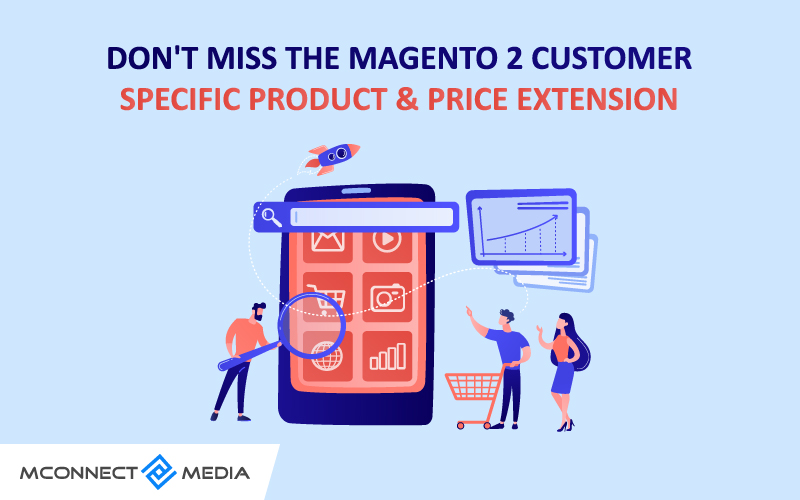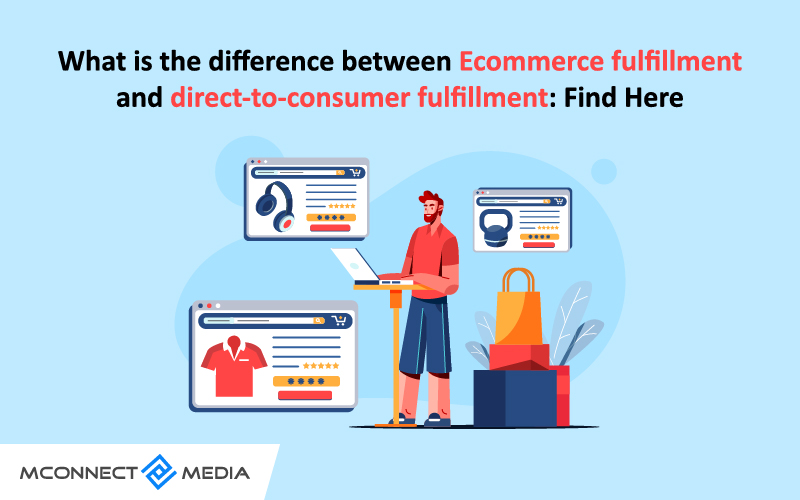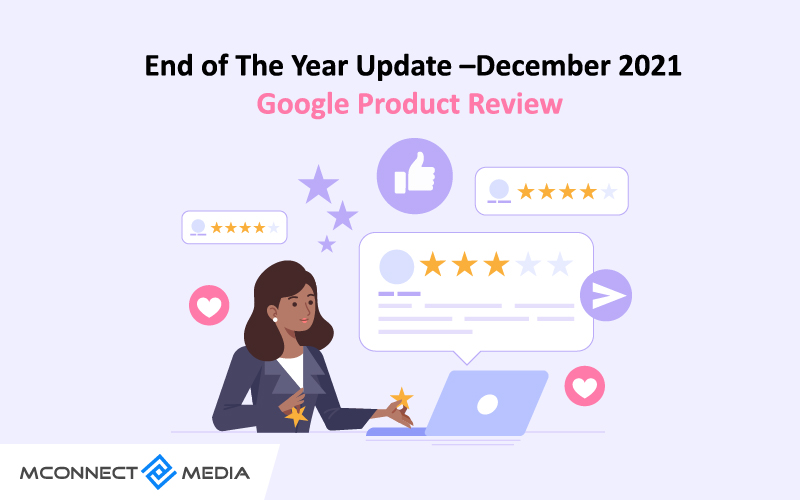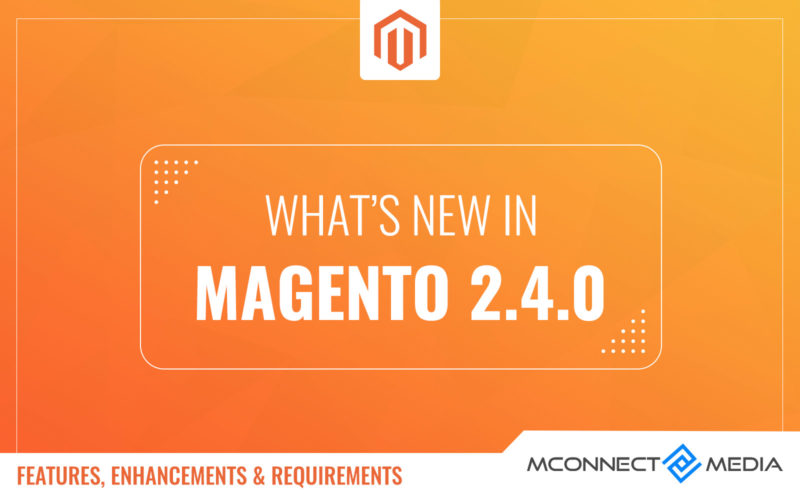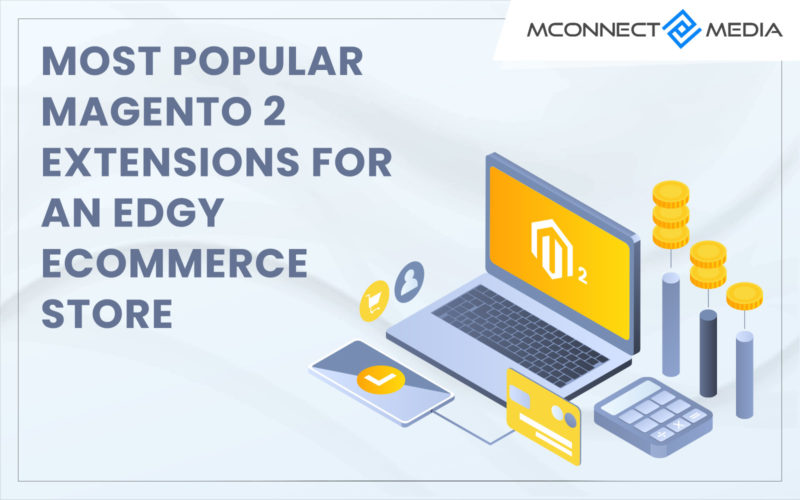After Magento announced the Magento 1.x EOL, many have moved to Magento 2, the successor of Magento 1. This trend of migration to Magento 2 was followed not just because of the Magento 1 coming to a dead-end but because of the significant advantages, it offered over its predecessor. As the change is inevitable, you may have to Migrate to Magento 2 sooner or later. But for now, you are safe few months even after the EOL in June 2020.
As many have made the move and few are in the process of doing so, but those few have so many questions about the migration process and what will happen after the migration is done. A few of the questions that make them worry are what version of Magento 2 should I migrate to? Does migration to Magento 2 affect the performance of my current site? Is there any user guide on how to use and manage the Magento 2 after migration?
Also read: 16 Reasons to Migrate to Magento 2 from your old Magento 1 Store
One such question is, what will happen to the SEO performance of my site after Magento 2 Migration. In this definitive guide, we will discuss what happens to your SEO performance, how to retain it, and improve it to increase traffic, sales, and conversions.
We know you have lots of questions in your mind, so here is what you can expect from this article.
- How to migrate to Magento 2 without changing the URL structure?
- How to handle Page Redirects in Magento 2?
- What are the SEO Factors to Check Post-Launch?
- How to improve site loading speed after Magento 2 migration?
- How to redirect www to Non-www URL?
- How to automatically redirect from HTTP to HTTPS?
- How Robots.txt file is helpful for indexing Magento 2 migrated site?
- How to create and configure XML Sitemap in Magento?
- What is the use of Canonical Tags for the Magento 2 site?
- What is Hreflang and how to use it effectively in Magento 2?
- What is Structured Data used for?
- Why Product Content is so important?
Now let’s move further and explore these twelve points one by one
- How to migrate to Magento 2 without changing the URL structure?
One of the important factors for retaining the SEO score of your site pages is by maintaining a proper URL Structure. When you have decided to migrate from Magento 1 to Magento 2 using Magento 2 migration tool, the URL structure will remain the same for most cases. However, there are chances of URL structures of pages that may change a bit if you do it manually. In any case don’t take risk here.
So, the first thing you may want to do is to create a spreadsheet containing all the live, broken, or redirected URLs on your eCommerce site with all their data like canonical tags, conversion rate, revenue, Metadata, etc. Maintaining this record is essential so that you don’t miss out on anything while making your migrated Magento 2 site live.
- How to handle Page Redirects in Magento 2?
Page redirection is essential when you don’t want to lose the existing SEO score. It may help you transfer and retain the SEO score from an old URL to a new URL. Let’s just say that URLs of some of the pages may change during migration and you can’t do anything about it. Don’t worry. We have a solution for that too in the form of page redirects.
A 301 page redirect should be used if you permanently want to redirect your inbound links to newly created URLs. If you have any broken link or a product you no longer sell, then you should consider using 404 page redirect.
One thing you should consider is that a redirected URL should have similar content as the old URL had. For instance, your users should not want to be redirected to the category page from a product page. Doing this can affect the sales and conversion rate of your site and your revenue may fall sharply.
Please note that creating a redirect to an already redirected page will create a redirect chain. Having multiple redirects can affect the loading time of the page and may affect the search ranking of the same.
- What are the SEO Factors to Check Post-Launch?
Let’s say all things are fine and you have tested your eCommerce site before making it live and now you are ready to show it to the world. Now what?
Checkout: Best Magento 2 SEO Strategies to Get Higher Ranking in Google
There are some factors to consider post-launch of your online store. Make sure and closely watch over the performance of your site for next quarter. Compare this data with your last quarter’s data. Did you lose or gain any traffic? How many sales are coming in? Is your revenue rising or declining over time?
If these problems arise, then take below steps to make sure that you have don’t loss any SEO score or ranking,
- Manually crawl your site to find any discrepancies such as broken links, wrong redirects, missing pages, multiple redirects, etc. To crawl your site manually, you can use online tools.
- Ensure that none noindex tags are being implemented to the most important pages such as product pages, category pages of your migrated site.
- Through the use of Google Analytics and Search Console (or any other tool of your preference) check the growth of traffic regularly and note if any major changes occur in traffic sources.
- Once the site is live and traffic starts to flow as usual, but your Analytics shows the organic source of traffic is getting lost. This is because of the several redirects in your site and Google Analytics takes time to update the redirected traffic as it considers this as a direct traffic source.
- How to improve site loading speed after Magento 2 migration?
One of the reasons merchants are moving on from Magento 1 to Magento 2 is that the later provides the fast loading speed and better-optimized content pages. Still, if you want to optimize it further, then you can enable certain options within your Magento 2 like Cache management, image optimization, and flat category. You can also merge CSS and JS files and use the CDN to optimize it even more.
Also read: Get a Speedy View of Products with Quick View Extension for Magento 2
But why are we so adamant about having faster loading speed? Because as per one of the Google SEO update, fast loading pages have a better chance of ranking in higher in SERPs. So, migrating from Magento 2 may be the better option.
- How to redirect www to Non-www URL?
If you use Google and its various tools, then you must know that Google uses bots to crawl and index sites across the whole internet. Now, these bots are not as powerful in understanding as a human mind would. Therefore, implementing and using both www and non-www version of your site might confuse the Google bots to which page they should rank and display in SERPs. Your www version of the site will be considered as subdomain and Google might flag that as plagiarised content.
So, when you have migrated to a new platform like Magento 2, then
- Create the redirect for the same.
- You can also set it up in the Google Search Console for which page should be ranked and displayed in the SERPs.
- If you have access to your hosting environment, then you can edit .htaccess file in the file manager.
- How to automatically redirect from HTTP to HTTPS?
When you open any webpage or site, the first characters of the URL defines that the site is safe or not to open and transact with HTTP and HTTPS tag. The HTTPS means the site is safe and it is combined with SSL to ensure safe data transfer. Also, Google considers this as a ranking factor.
If you have already migrated to Magento 2 and want to move to HTTPS from HTTP, then
- Login to the cPanel of your website hosting.
- From the domain section, find Domains icon.
- Once the Domains page opens you will find a toggle to turn on or off the HTTPS redirect. If it does not show the toggle then your site might not have a valid SSL installed on it.
Also, you may need to make some changes to data tracking and crawling and migrate your Analytics and Search Console to the HTTPS version of your site to have right and accurate data.
- How Robots.txt file is helpful for indexing Magento 2 migrated site?
The Robot.txt file indicates Search Engines what to index and what not to index. This should be placed in the root file of Magento 2 when you migrate to Magento 2. With robot.txt file, you can tell crawlers to index only certain pages you have allowed like product pages and category pages. And not index pages like checkout page or payment page. This file plays an essential role in the SEO performance of your site.
By default, the following option defines how search engine crawlers should read the webpages on your site.
- INDEX, FOLLOW will allow crawlers to index the page and follow it in the future for any changes.
- INDEX, NOFOLLOW will allow crawlers to index the page for once and instructs it to not follow in the future.
- NOINDEX, FOLLOW will not allow crawlers to index the page but instructs it to follow in the future for any changes.
- NOINDEX, NOFOLLOW neither allows crawlers to index nor instructs to follow it in the future for any changes.
- How to create and configure XML Sitemap in Magento?
In general terms, a map is what shows the ways to reach from one place to another. Similarly, a sitemap is a map consisting of ways for crawlers to find and index all the pages on your site.

After switching to Magento 2, you will find an option to create a sitemap in the backend. Go to Store > Settings > Configuration > Catalog > XML Sitemap. From here, you can generate a basic sitemap for crawlers to index your site pages. As shown in the image below, you have options to set frequency and priority to update the category, product, and CMS pages.
- What is the use of Canonical Tags for the Magento 2 site?
A URL with a canonical tag specifies search engines about a master copy of a page with multiple variations. If your site has multiple URLs for a product with multiple variations and similar content, then it can create a bad reputation in the eyes of crawlers.
For example, a pair of shoes will have multiple variations for all the sizes and colors and the same content but the URL of each variation will be different. Assigning canonical tags will help search engine crawlers to identify, which is the main page out of all the variations and indexes only that page to show in SERPs.
For Magento 2, choosing an ideal canonical tag is necessary for a) Product pages with multiple variations and similar content, b) Products belonging to more than one category, and c) Category and subcategory pages with pagination.
- What is Hreflang and how to use it effectively in Magento 2?
When you migrate to Magento 2, you have the option to create a multi-store view for different regions. With Hreflang in place, you can specify pages with similar content in your multi-store Magento 2 site. Hreflang tags are used to differentiate the pages with similar content either in a different language or in the same, which are targeted for different regions like the USA, UK, Australia, etc. The only thing that might be different in those pages will be price and currency. Google bots without the Hreflang cannot differentiate between those pages and flags them as a duplicate content. So, it is essential to implement Hreflang to not only let Google but also for the targeted audience to see the right version of the page.
You can implement the Hreflang on your own in the XML sitemap, HTTP header of each page, or in the HTML header of each page. Or you can just ask your developers to do it for you.
- What is Structured Data used for?
Structured data markup provides information about a webpage in a standardized format to search engines like Google, Bing, Yahoo, etc. Implementation of structured data markup and rich snippets like Breadcrumb, price, and reviews, etc. help search engines to interpret the content of the page in a better way. It also has the potential to increase traffic, CTR, sales, and conversion rates for your business.
Checkout: Google Rich Snippets, Schema & Social Cards Extension for Magento 2
With Magento 2, you get the structured data implementation out of the box with little customization to get all the necessary micro detail in one place.
Breadcrumbs are mostly of two types. In search results, breadcrumb shows the product navigation path and another is right on the page showing product and category.
- Why Product Content is so important?
Well-written product content has the potential to fuel your marketing strategies. It helps in educating customers and visitors to make a better purchase decision, increase the SEO with quality content, get more organic traffic and leads through search engines, and you can share the content on various social media platforms to increase the visibility.
If you are the one who takes the content of your product lightly, then I would recommend you to take it seriously from now on because one of the factors Google uses to rank a page is content relevancy and quality. Therefore, make sure that the quality of the product and catalog data is of higher standards.
When you do Magento 1 to Magento 2 Migration Service, then we suggest that you should check two or maybe three times to make sure that all the data of products like images, descriptions, attributes, metadata, etc. are migrated correctly.
If your content is not relevant to the user, then the crawlers will flag your page as a poor content page, which affects your SEO score and ultimately reduces the number of CTR, sales, and conversion, especially when going for SEM.
Test, test, test!
All these above points should be double-checked and tested to assure the quality of migration is on par before launching your Magento 2 website. Analyzing the quality of the migration is the utmost important part for you to safeguard and sustain your passage in the realm of the internet. As mentioned above, have a close watch over the data even after the migration is complete for at least three months. Also, regularly test the site speed and find the opportunity to optimize it even further because a slow loading speed can ruin the performance of your site.
At Mconnect Media, we care more about you and your store. Therefore, we suggest you to not rush into things and have better control of the things at the same time so that your store launches without you being stressful even for a moment. We are not here to just do the business, we are here to make relations and we want to take those relations to new heights. With that note, we just want to give a friendly reminder that you can Ask for Help & Talk to our Magento Experts from our highly experienced professional team for any inconvenience you are facing with SEO performance or migration after or before the Magento 2 Migration.


